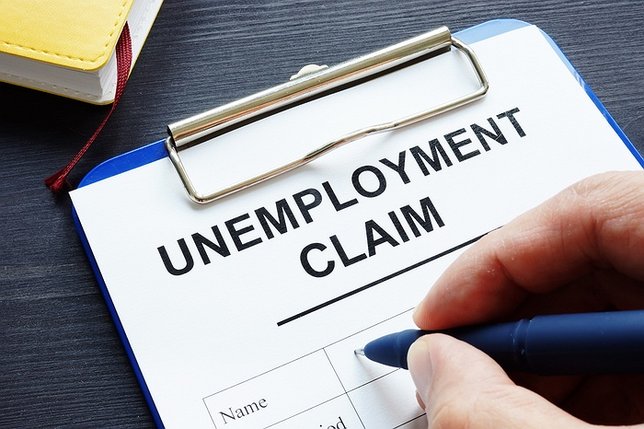To help add some context to these statistics, WalletHub just released updated rankings for the States Whose Weekly Unemployment Claims Are Recovering the Quickest.
To identify which states’ workforces are experiencing the quickest recovery from COVID-19, WalletHub compared the 50 states and the District of Columbia across three metrics based on changes in unemployment claims. Below, you can see highlights from the report, along with a Q&A.
Change in New York Weekly Unemployment Claims (1=Quickest Recovery, 25=Avg.):
24.67% Change in Unemployment Claims (Latest Week vs 2019)
- 56,184 the week of January 1, 2021 vs 45,065 the week of January 1, 2019
- 6th quickest recovery in the U.S.
25.28% Change in Unemployment Claims (Latest Week vs Start of 2020)
- 56,184 the week of January 1, 2021 vs 44,846 the week of January 1, 2020
- 5th quickest recovery in the U.S.
697.12% Change in Unemployment Claims (Since Start of COVID-19 Crisis vs Previous Year)
- 4,534,699 between the week of March 16, 2020 and the week of January 1, 2021 vs 650,488 between the week of March 18, 2019 and the week of January 1, 2020
- 20th quickest recovery in the U.S.
Q&A
How might the $900 billion in new COVID-19 relief signed into law by President Trump impact unemployment?
“The $900 billion in new COVID-19 relief should help reduce the number of future unemployment claims and provide a few months of stability to people who are already unemployed. The new package contains $284 billion in Paycheck Protection Program loans, which are designed to help business avoid laying off employees and saved over 51 million jobs the first time around,” said Jill Gonzalez, WalletHub analyst. “Unemployed people will benefit from up to $300 per week in extra benefits through March, as well as rental assistance, SNAP assistance and stimulus checks. These will help ensure that people have temporary food security and housing security.”
How will the distribution of a COVID-19 vaccine impact unemployment?
“Once we achieve widespread distribution of a COVID-19 vaccine, people will have much less risk of getting the virus, and as a result, businesses will be able to eventually reopen at full capacity,” said Jill Gonzalez, WalletHub analyst. “A full reopening will lead to a jump in business revenue and a greater need for workers, which means businesses will have both the desire and the resources to hire in full force. We should encourage as many people as possible to get vaccinated in order to bring about the biggest possible reduction in unemployment.”
Should the government step in to help industries like movie theaters avoid going bankrupt?
“The government should take actions to prevent highly-impacted industries such as movie theaters from going bankrupt. Government restrictions on capacity, though essential for safety, have caused many places to become unprofitable. We should protect businesses against bankruptcy to prevent another rise in unemployment,” said Jill Gonzalez, WalletHub analyst. “In order to receive assistance, companies and landlords in danger of bankruptcy should also be willing to share in the cost. The government can’t be solely responsible for bailing everyone out.”
How has unemployment in California – the state with the most COVID-19 cases – recovered?
“California’s unemployment claims have experienced the 9th slowest recovery in the U.S. For the week of January 1, California had 160,029 new unemployment claims, an 85% decrease from the peak during the coronavirus pandemic,” said Jill Gonzalez, WalletHub analyst.










